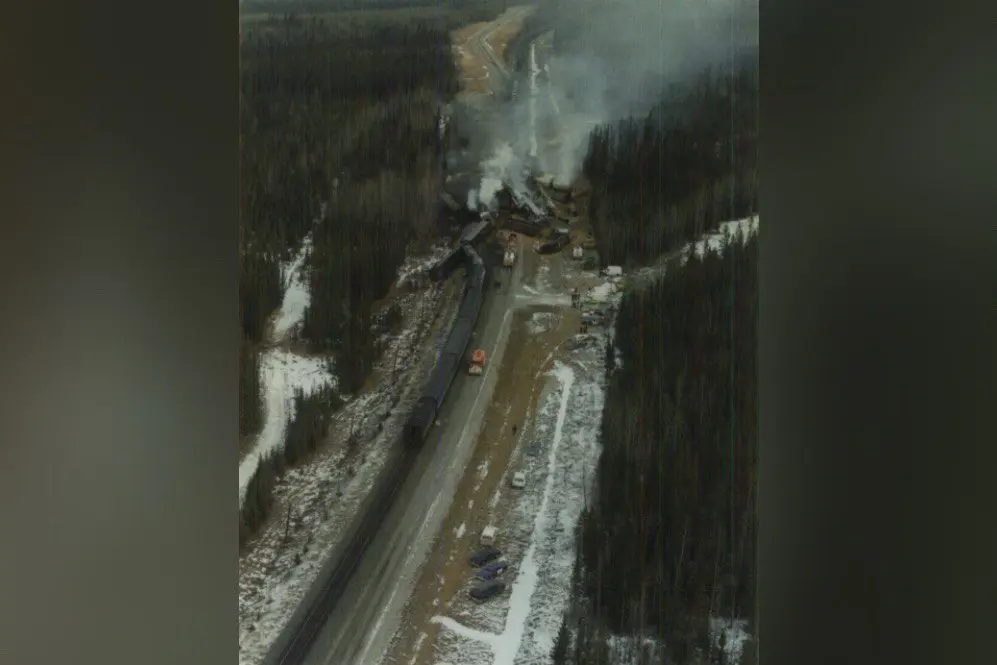EDMONTON—While easterners dig out after wintry blasts and blizzards, normally frigid prairie cities are into their second week of a January thaw that has seen overnight rain in Edmonton and shirt sleeves in Calgary.
What’s up with the weather?
“You can explain the weather outside your window by the position of the jet stream,” said David Phillips, senior climatologist with Environment Canada. “What we’ve seen in this past week is—wow—the loopiest jet stream.”
The jet stream is a river of fast-moving, high-altitude air that normally moves west to east in a more-or-less orderly fashion and basically over North America’s middle latitudes.
Normally, it divides cold northern air from warm southern air. Sometimes, air masses of different temperatures hitch a ride on the jet stream and, when they collide, storms result.
But this year, said Phillips, the jet stream has been careening up and down the continent “like a drunken sailor,” weaving from the Gulf of Alaska to the Gulf of Mexico. It has left behind it nearly a metre of snow in Massachusetts and 17-degree C temperatures in Alberta.
“We’ve seen this warm in the West and cold in the East before, but this time what’s different is we’re seeing these record warms and we’re now talking about an epic storm on the east part of the continent,” Phillips said.
“It seems to be exaggerated.”
As well, what used to last for a day or two now stretches past a week.
“What’s really changed is the duration of these weather events.”
The forces that drive the jet stream have changed, said Jim Byrne, a climatologist at the University of Lethbridge.
The stream is controlled by the positions of the continents and the temperature difference between the top of the globe and the tropics. North America hasn’t moved, but the temperature gradient has as climate change warms the Arctic.
“The question is always: ‘Is this caused by climate change?’ and it’s the wrong question,” Byrne said.
“The question is: ‘Are these storms made more powerful by climate change?’ and as far as I’m concerned the answer is absolutely yes.”
Byrne said he’s seeing five to 10 storms a year of an intensity that would have been unheard of a generation ago, although most occur over oceans.
It’s a pattern that seems to be consistent with a recent controversial theory that links the wobbly jet stream, unusual and long-lasting weather events and melting Arctic sea ice.
Jennifer Francis of Rutgers University in New Jersey has suggested that an Arctic Ocean with less ice absorbs more sunlight and warms faster. That reduces the temperature difference between north and south, which allows a slower and more erratic jet stream to drift between the two instead of flowing evenly east-west. It also serves to block weather patterns in place that would normally move along.
Francis says the stream is about 14 per cent slower than it was in the ‘90s.
The debate, said Byrne, centres largely around the strength of the effect that Francis describes.
“Whether they’re just quirky one-offs, it’s hard to say,” Phillips said. “We need more data, more years.”
One thing, he said, is certain.
“There are surprises in weather and climate and I think this is one of them.”




